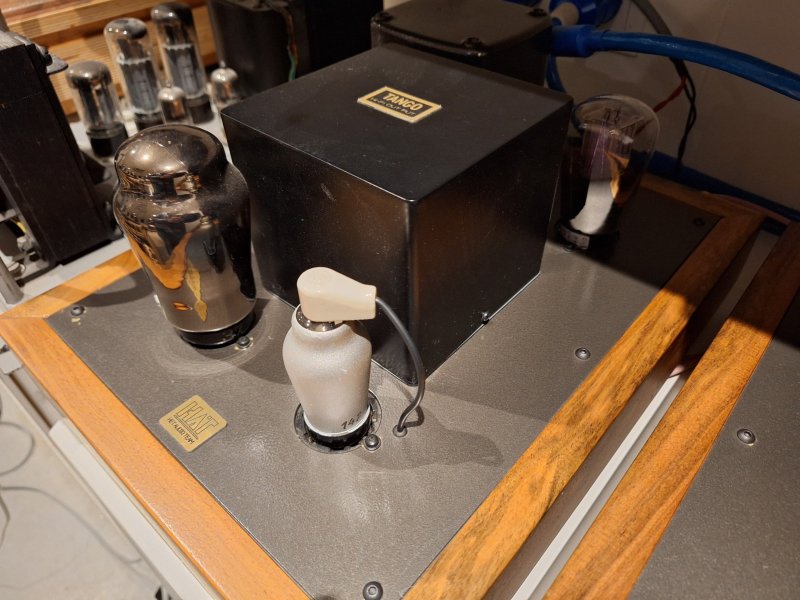I get that OB sub isn’t like a more hard core deep sub approach but I think that’s why it might integrate better with OB mains. I’m not looking for overt box like sub extension either, more just a firm reinforcement down low to make things a shade more visceral or inject a touch more angularity in the character of the lower bass but still do flow and angularity the way the mid woofers do and still having a cohesive match in the immediacy of the OB midbass response characteristics.A friend of mine added 4 subs. 2 x SVS 15s and a pair of 2x10" dayton in home made cabinets. Thats 4 x 10" drivers with a Krell KSA 250 driving them. plus the 15" SVS. 6 drivers total. Its impressive bass depth. Good pipe organ. But its also too much. To thick. To heavy. He claims world class performance.
I'm confused on Subs. Swarm makes sense. But its small drivers. Those small drivers seem to move a lot. You really hear the sub. Or maybe he has his bass all screwed up. I wrote to Pure Low. Way to expensive for me. Large cones are too much space. Horns are too large. I like fast bass. Slow deep bass is a turn off for me.
So then I circle around to biamping again. But the whole stink around active crossovers or even biamping and getting it to work raises its head.
The Ayre could run a pair of subs in a swarm. But I would rather have a mono behind each sub. I looked at Atmasphere. But 2 pair is a lot of $$ for me. I may reach out to Odyssey and see what they can do. If I could get monos for subs for $1000 a piece, that may work. I could get 2 and try to Biamp. If that did not do what I wanted and I went to a swarm. It would be a second pair of mono subs.
When I was trying a Wilson Benesch Torus as an extension on the Maggie 20.7s I had a PS Audio BHK mosfet amp for the Torus and 250 watt EL34 Manley monos running in triode mode up on the 20.7s and was very much struck by what a great marriage was EL34 triode with MOSFET bass… much less perceptible a change in character than in using a Magtech as a transistor based SS amp for the Torus sub.
It may have just been luck to get such a good match but I do have a second identical LM805 amp to use with my main SET LM805 to try matching SET on the subs and then I also have a Kinki EX-M1+ here which is a 250 watt stereo mosfet amp I can use as compare SS amp for the OB subs to see how that integrates as it has a lithe character and a fairly taut and agile musical bass. Though Kinki monos might have worked on either side of the SET in terms of a better amp setout.
Last edited:



















